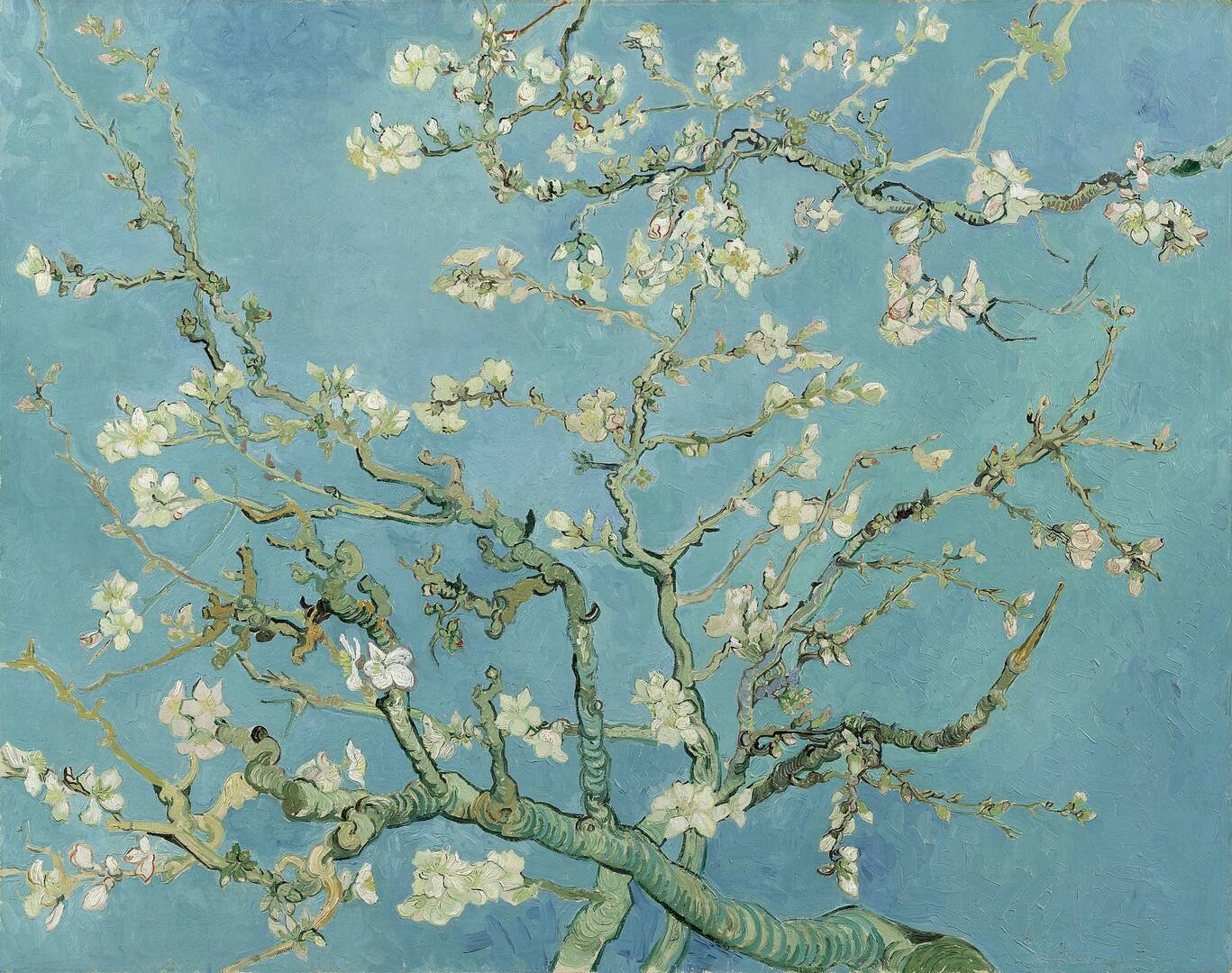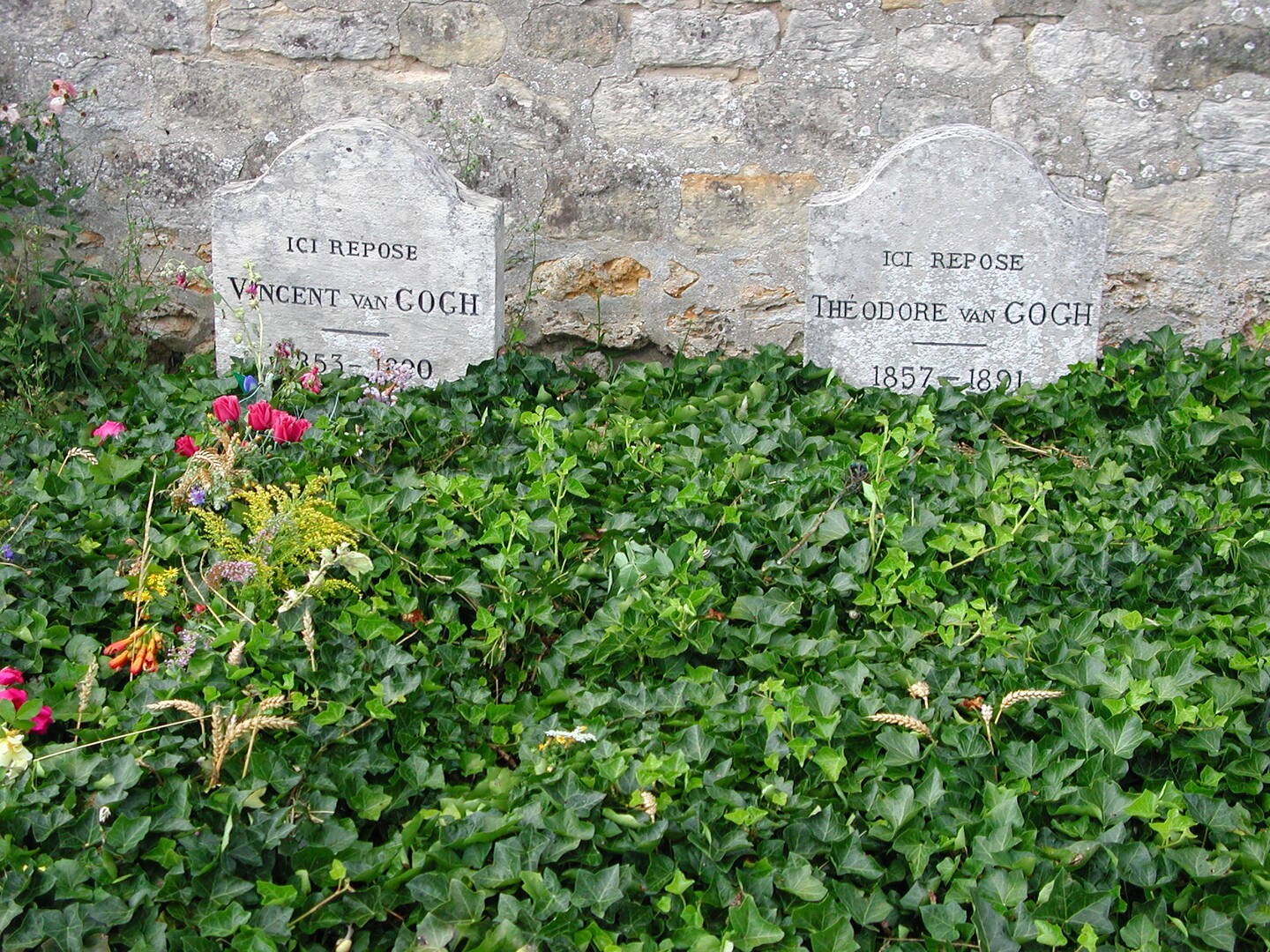Last summer, my family was lucky enough to manage a brief trip to Holland. We visited three art museums in two days, a density of beauty that apparently tested my children’s patience. A few weeks later, when my third grader won his teacher’s praise for the “expression and feeling” in a personal narrative, I was not shocked to learn that the essay described his perilous levels of boredom at the Mauritshuis.
In truth, I sympathize. The Dutch Masters possessed superhuman patience and skill, so fully rendering precise moments that, centuries later, their works all but breathe in front of you on the canvas. Nevertheless, art museums can be a drag. Even the Vincent Van Gogh Museum in Amsterdam, where every painting bursts with personality, suffers from what I would call “the museum effect,” the first part of which is surplus stimulation. Room after room of vivid color, ingenious brushstrokes and compelling figures can leave you feeling numbed. The crowds also drain your energy. For every second I spent examining the faces of “The Potato Eaters” or differences among self-portraits, I spent a full minute accounting for my children, in one room after another.
But just when I was beginning to buckle from fatigue, I found that one transcendent moment that makes a whole pilgrimage worthwhile. I saw “Almond Blossom” from a distance and was drawn magnetically, as people are, to the exquisite rendering. When I got close, I read the extended label describing how Van Gogh completed this image of buds and sky upon receiving news of his nephew’s birth. I had known of Vincent Van Gogh’s close relationship with his younger brother, Theo, but only walking through the museum did I absorb the mutual intensity of their devotion. I learned how Vincent had floundered in his youth, failing in a series of pursuits, most notably as a stringently ascetic lay preacher among indigent Belgian miners. He was, it seems, too intense for most people’s comfort, and experienced rejection in love, friendship and professional life.

Yet Theo never alienated his brother. Through it all, he remained Vincent’s champion, offering moral and financial support, and holding on to every one of his letters. It was Theo, an art dealer, who saw the talent and sensibility in his brother’s sketches and encouraged him to find his calling in painting. And it was Theo’s widow, Johanna, later joined by her son Vincent Willem—Vincent’s godson and namesake, and the inspiration for “Almond Blossom”—who saw to it that the artist would find, posthumously, the regard that eluded him in life. After Vincent and Theo died months apart, Johanna began holding exhibitions, developing art-world contacts and translating letters in a systematic campaign to bring wider attention to Vincent’s life and work. In 1973, five years before he died at the age of 88, Vincent Willem oversaw the opening of the museum.
I gazed in fresh wonder at this blossom bough and its delicate petals. When he painted it, Vincent was living at an asylum in Saint-Rémy-de-Provence, struggling and suffering, but still creating as his health allowed. The baby, born in faraway Paris, gave him a sense of hope: The news “does me…more good and gives me more pleasure than I could express in words,” he told his brother and sister-in-law.
Visitors to the museum, from the vantage point of the distant future, know the joyous event wasn’t enough to save Vincent’s tortured earthly life, which he ended six months later. But we also know his death was more of a beginning than an end. We get to stand in an enormous edifice dedicated entirely to the man’s gifts, as it spills over with people eager to accept them, and know that abiding love transformed his personal tragedy into something fruitful.
Vincent knew none of what would happen, but he knew that in love is hope. “Almond Blossom”makes that clear. So does a quote from one of his letters, highlighted elsewhere in the museum: “It is good to love as much as one can, for therein lies true strength, and he who loves much does much and is capable of much, and that which is done with love is well done.”
***
Having heard all our lives about Jesus, Mary and Joseph representing the ideal family unit, we might stifle a yawn, like my kids in an art gallery, when the Feast of the Holy Family arrives. But The Holy Family is a feast day precisely to remind us that their steadfast dedication should be renewed and reinvented in every family, across all time. Seeing Jesus’ family life through the lens of another family story may vivify it in our minds.
Looking at the Van Goghs we see a few parallels with the Holy Family, who knew humiliation and repudiation. Turned away from Bethlehem inns, belittled by neighbors in Nazareth, Jesus and his parents had reason to understand family as the ballast that holds you up in spite of the world’s abandonment. In Jerusalem, Mary remained with Jesus to the end, not looking away as the most malicious cruelty was inflicted on her Son. Few trials can hold a candle to that anguish, but watching a loved one writhe for years under the boot of severe mental illness is one that might.

Maybe most important, though, is the parallel of God’s loving gifts being shared with the world. Family, at its best, is a refuge from the harsher realities of human life. We are fed and restored by love that, though imperfect, is rock solid and unconditional. It’s so reliable, in fact, that it might be tempting to retreat into that reassurance and give up on the larger world altogether. This is a sin, because in a Christian sense, the whole world is our family. It is made up of our brothers and sisters, and we are charged with loving all of them. The wonder of familial love, and a central reason it ought to be cultivated, is that it restores and refreshes us for another foray into the breach.
Though society gave his family the cold shoulder, Jesus didn’t do likewise. Knowing people’s hearts better than they did, he wouldn’t take no for an answer. In the tireless resolve of Johanna Van Gogh and her son to share the brilliance of Vincent’s paintings, a great generosity was also at work. Johanna was the widowed mother of an infant when she began her quest in the face of sometimes explicit disdain from contemporaries. But the love she drew from her small family powered straight past comparatively feeble forces like death and popular opinion. She proved Vincent right: in love “lies true strength, and [she] who loves much does much and is capable of much.”
***
Though aspects of his life have become legend, Vincent Van Gogh’s Christian faith and outlook seem underemphasized within the mythology. His time as a preacher was foundational to his subject matter, the art historian and Van Gogh expert Sjraar van Heugten told the New York Times in 2015. When he shifted from ministry to creativity, Van Gogh retained a spirit of service: “It’s clear that from the very beginning his paintings and his work is meant to bring consolation to people, to give them moments of emotion and rest.” It’s his keen sensitivity to both beauty and misery that give his paintings their charge. “If we let ourselves be taught by the experience of life and led by godly sorrow, then new vitality may spring from the tired heart,” he wrote to Theo in 1877. Though he was not yet officially an artist, these words presaged the spring blooms he would paint for his godson 13 years later.
My heart would happily imagine that a never-ending trip to an art gallery is the worst my kids will suffer. But I know very well that no one gets off that easy, and in fact, no one would want to. An experience of suffering—at the very least, an experience of real pain through empathy—allows us to form bonds, to be of use, to make meaning.
What my soul hopes, then, is for my children to be bolstered, comforted and strengthened throughout life by the bonds they are building in our home. If they start their own families, I hope those families will also be loving. And I hope that, fortified, they will turn outward, helping new vitality spring from tired hearts, even to the ends of the Earth.







